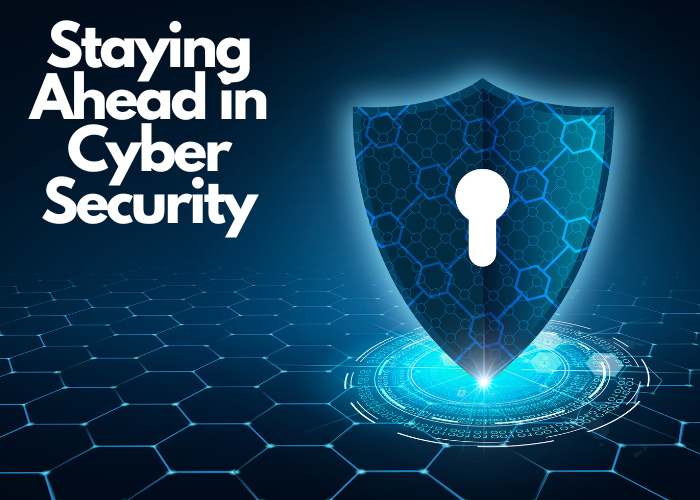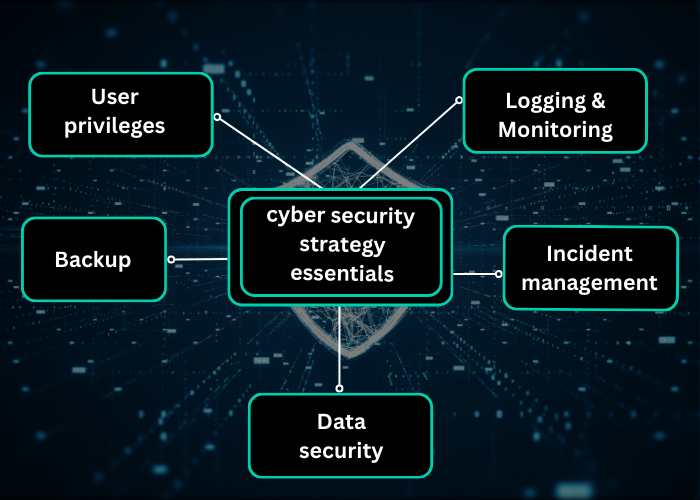The way we work has undergone a dramatic shift. Cloud applications, remote workforces, and the ever-growing threat landscape demand a new approach to network security. Enter Secure Access Service Edge, or SASE, a revolutionary concept that's transforming cybersecurity. This guide unravels the complexities of SASE backbone technology, making it easier for beginners to understand its core functionalities and benefits.
Traditional security vs. SASE: A castle under siege.png?width=504&height=360&name=SASE%20security%20(1).png)
Imagine your company's network as a castle. Traditionally, security focused on fortifying the castle walls (perimeter security). This involved firewalls and intrusion detection systems (IDS) at the main entry point. However, the rise of cloud applications and remote work created new vulnerabilities. It's like having backdoors to the castle that bypass the main gate.
SASE offers a more holistic approach. It's like building watchtowers (security services) throughout the kingdom (network) and equipping your guards (users) with advanced communication tools. This ensures consistent security regardless of location or access point.
The powerhouse of SASE: The backbone explained
The SASE backbone is the hidden hero behind this security transformation. It's a globally distributed network of interconnected points of presence (PoPs) that act as the foundation for SASE services. Here's a breakdown of its key features:
- Cloud-Delivered: Unlike traditional hardware-based solutions, the SASE backbone resides entirely in the cloud. This eliminates the need for on-site maintenance and allows for scalability as your needs evolve.
- Globally Distributed PoPs: Imagine these PoPs as security checkpoints strategically placed around the world. They bring security services closer to users and applications, minimising latency (delays) and improving performance.
- Private Network: Unlike relying on the public internet, SASE utilises a private network to route traffic between PoPs. This enhances security by isolating your data from potential threats on the open web. It is like becoming anonymised off the internet.
- SD-WAN Integration: SASE often incorporates Software-Defined Wide Area Network (SD-WAN) capabilities. Think of SD-WAN as an intelligent traffic director, optimising data flow across the network based on real-time conditions. Services delivered in hours rather than 5/6 months.
The symphony of SASE services: working in harmony
The SASE backbone serves as the platform for a variety of security services delivered as a cloud service (SaaS). These services work together to provide comprehensive protection:
- Secure Web Gateway (SWG): Acts as a web filter, blocking malicious websites and preventing malware downloads.
- Cloud Access Security Broker (CASB): Governs access to cloud applications, ensuring only authorised users can access sensitive data. Checking web-based applications for security vulnerabilities and defining good or bad according to your policies.
- Zero Trust Network Access (ZTNA): Eliminates the concept of a trusted network. Every user and device must be authenticated before accessing any resource.
- Firewall as a Service (FWaaS): Provides a virtual firewall at the network edge, filtering incoming and outgoing traffic based on security policies.
- Data Loss Prevention (DLP): Prevents sensitive data from being accidentally or intentionally leaked outside the organisation.
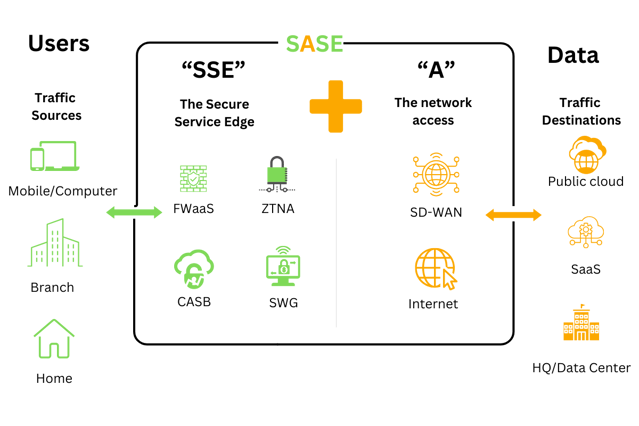
By leveraging the SASE backbone, these services can be delivered consistently and efficiently to all users, regardless of their location or device.
Benefits of a strong SASE backbone: Why it matters?
A robust SASE backbone offers a multitude of advantages for businesses:
- Enhanced Security: The combination of private network, distributed security services, and zero-trust principles significantly reduces the attack surface and strengthens your overall security posture. All security screening is carried out in a single pass for improved optimal performance.
- Improved Performance: By keeping traffic off the public internet and strategically placing PoPs, SASE minimises latency and ensures a smooth user experience for cloud applications.
- Simplified Management: The cloud-based nature of SASE eliminates the need for managing complex on-premise security infrastructure, freeing up IT resources for other priorities. Often reducing management overhead significantly.
- Scalability and Flexibility: SASE architecture easily scales to accommodate growth and changing business needs. New services and functionalities can be readily added without significant infrastructure changes.
- Empowering the Modern Workforce: SASE facilitates secure access to cloud applications from anywhere, making it ideal for remote and hybrid work environments.
Choosing the right SASE provider: considerations for beginners
As SASE gains traction, numerous vendors are entering the market. Here are some key factors to consider when selecting a SASE provider:
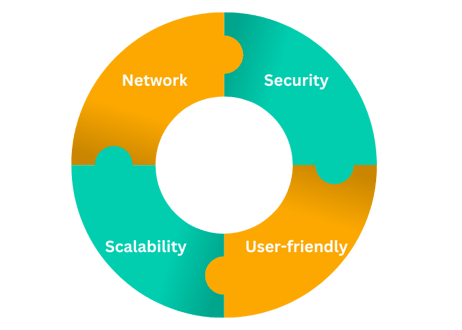
- Security Features: Ensure the provider offers a comprehensive suite of security services aligned with your organisation's specific needs. Ideally this should be done via a single pass and not via checks external to the SASE backbone.
- Global Network Coverage: Evaluate the provider's PoP distribution to ensure optimal performance for your users worldwide. Ensure you have your own private motorway at all times.
- Scalability and Integration: Choose a provider with a platform that can scale with your business and integrates seamlessly with your existing infrastructure
- Management Ease: Look for a user-friendly and intuitive management console that simplifies security policy implementation and monitoring. A real single pane of glass portal to manage all services and users across your entire SASE network where changes can be made in hours rather than days.
CPiO has an expert cyber security team, is Cyber Essentials achieved and can give you specific and preventive advice.
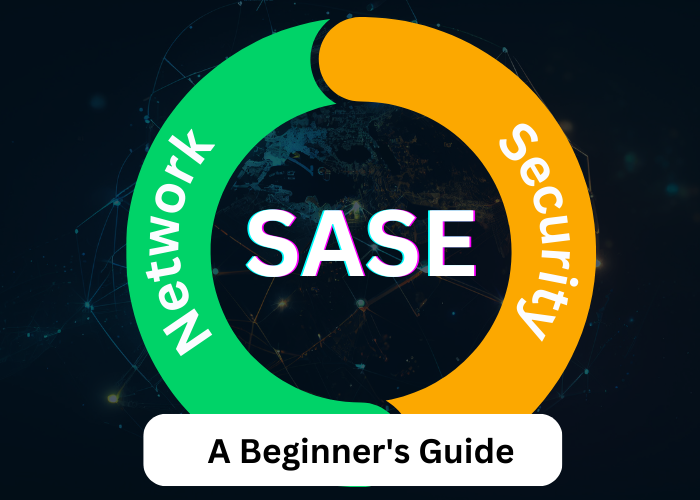
.png?width=504&height=360&name=SASE%20security%20(1).png)


